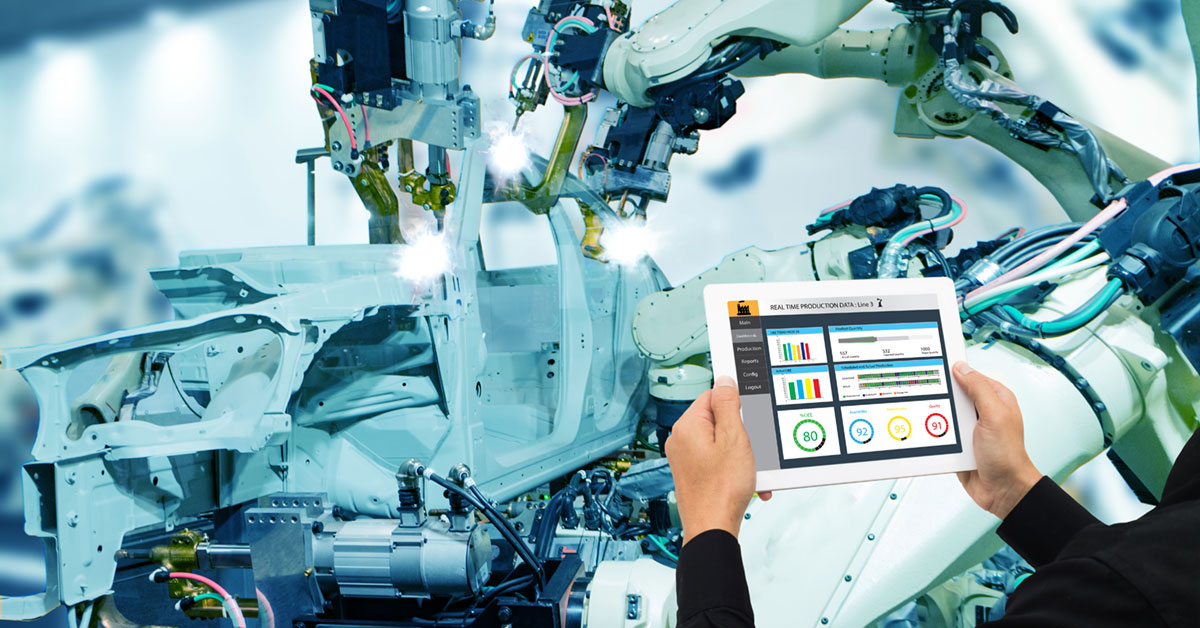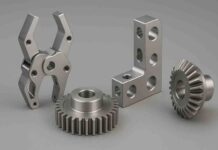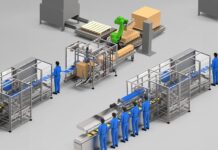If you’re someone who glazes over at the mere mention of words like “efficiency” and “machinery,” trust me—this one’s different.
We’re breaking down a topic that might sound complex, but it’s worth your attention, especially if you’ve ever wondered what makes those machines on the factory floor tick so smoothly.
In fact, those very machines rely on small yet powerful tools called control components to keep up the pace, prevent downtime, and give you a machine that’s running like a well-oiled engine.
So, how exactly do control components take machinery from a clunky workhorse to a powerhouse of efficiency? Let’s get into the details with a simple breakdown.
Key Points:
- Control components help keep machinery running efficiently and safely.
- Small details make a big impact on energy use and machine performance.
- Advanced tech allows operators to monitor and adjust machinery instantly.
- Choosing the right components can save time, money, and headaches.
1. The Basics: What Are Control Components Anyway?
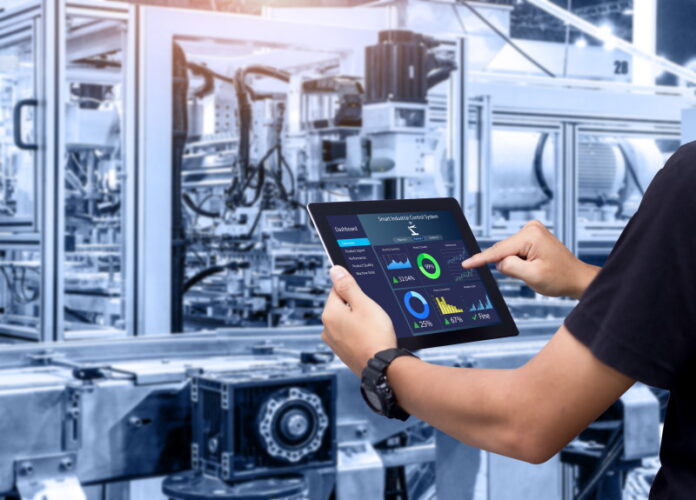
Control components are like the “brain” parts of any industrial machine. They handle everything from sensing to stopping, allowing machinery to run, pause, or adjust based on specific needs. If you’ve ever seen conveyor belts switch direction or robotic arms pause just at the right moment, that’s control components at work.
Think of them as tiny managers inside each machine. They don’t do the heavy lifting, but they make sure it all happens as planned, which is a huge boost for productivity. Machines without them? Well, picture a conductor-less orchestra—utter chaos.
2. Precision Counts: Why Quality Matters
Investing in high-quality components isn’t just about keeping machinery shiny. It’s about precision, speed, and the ability to function without unnecessary interruptions. Top-quality brands like AirTAC International Group, for example, have set the gold standard here.
Established in Taiwan in 1988, AirTAC supplies a wide range of components used in everything from automotive manufacturing to food packaging.
They know how to make controling parts that fit seamlessly into any system, giving you a setup that works smoothly and reliably. They have built a reputation on making products that can handle a serious workload.
When you go for quality, you’re not just buying parts—you’re investing in fewer breakdowns, lower costs, and consistent output. No surprise, then, that quality matters more than you might think.
3. Energy Efficiency: A Small Change with Big Savings
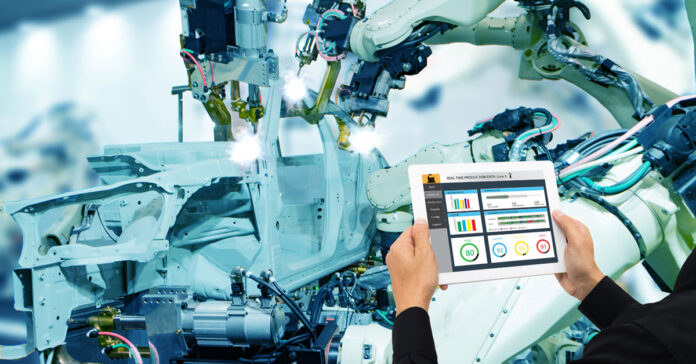
Energy efficiency isn’t just a buzzword—it’s a necessity, especially when you’re dealing with machinery that’s hungry for power.
A well-placed controling component can be the difference between a manageable energy bill and one that’s through the roof. For instance, sensors that stop machinery when there’s a fault can save you more energy than you’d imagine.
Imagine a pump running constantly versus one that only kicks in when required. With the right components, you can make sure it operates at the right time, without wasting a second of energy.
Quick Tip:If you’re looking to cut energy costs, start with an efficiency audit. You’ll see where control components can make a measurable impact on your bills.
4. Real-Time Control: Immediate Adjustments for Maximum Output
One of the greatest advancements in control tech is the ability to make real-time adjustments. With modern setups, you don’t have to wait for a machine to finish a full cycle to fix an issue. The right controls allow operators to tweak, stop, or speed up machinery immediately, keeping production moving smoothly without major halts.
Modern components even allow for remote adjustments. Need to tweak output but don’t want to be physically present? No problem. Operators can use software to dial in settings from anywhere, saving time and reducing human error.
5. Safety First: Keeping Workers and Equipment Out of Harm’s Way
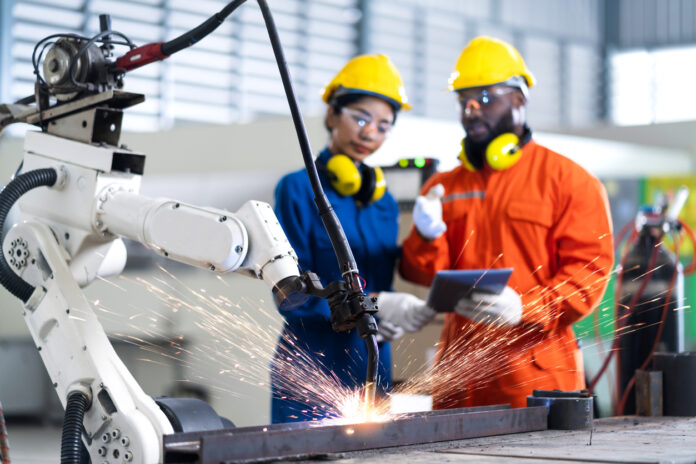
Control components monitor factors like temperature, pressure, and speed, and if something is off, they’ll shut machinery down. This prevents damage to both the equipment and the people working near it.
Imagine an assembly line where a conveyor belt overloads with items—without these components, it might keep running until it breaks down. With the right setup, however, the system stops and waits for adjustment. You’re looking at a less stressful, more predictable workday.
Safety Checklist:
- Use overload sensors to prevent breakdowns.
- Set up emergency stop components.
- Regularly test safety controls to make sure they’re functioning properly.
6. Reducing Downtime
Whether you’re dealing with production halts or unexpected repairs, time is money, and that’s where control components step in. By automating stops, starts, and adjustments, they keep things running at maximum efficiency.
A common trick to reduce downtime? – Regular maintenance and upgrades on control systems. Controling components may be small, but their impact on reducing unexpected downtime is anything but.
Pro Tip: Schedule regular checkups on control systems. Many issues can be caught early, saving you a bundle on repairs.
7. Productivity Boost: Automation Takes the Lead
The less manual intervention needed, the better. When you have control components running the show, you’re essentially putting machinery on autopilot.
A well-tuned setup can handle complex tasks without hiccups, boosting output and cutting down on human error. The result? Productivity that skyrockets, all thanks to some strategically placed little gadgets.
Simple Steps to Boost Productivity:
- Automate repetitive tasks.
- Ensure your machinery has top-grade control components.
- Regularly calibrate control settings to match current needs.
8. The Investment that Pays Back: Long-Term Gains with Control Components
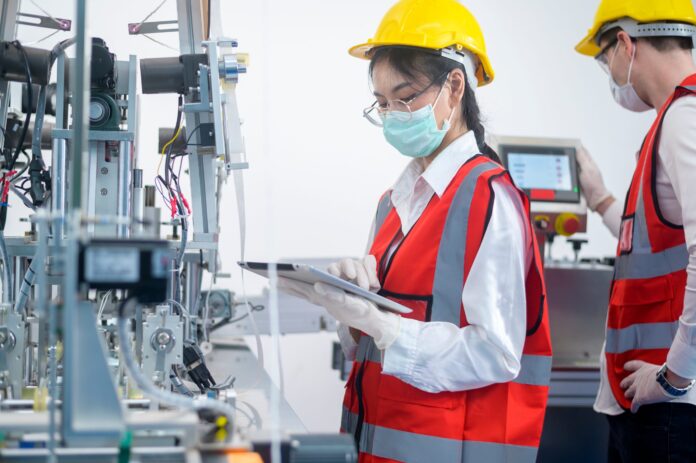
It’s tempting to go for budget components to save on upfront costs, but that’s usually a short-term gain with long-term consequences. High-quality control components may have a higher price tag initially, but they last longer and perform better, meaning they save you money in the long run.
When control components work well, you’re also avoiding the dreaded downtime. It’s a classic case of getting what you pay for—high-quality parts will always outperform the bargain bin options, hands down.
9. Future-Proofing with Tech Advances
Upgrading control components over time keeps your machinery adaptable and ready for new challenges. Whether it’s faster processing or greater accuracy, staying updated means staying competitive.
In a world where every second counts, upgrading control tech can help you leap ahead of the curve, making your machinery a future-ready, productivity powerhouse.
FAQ Section
1. How do control components work in simple terms?
Control components act like managers, giving signals to machinery when to start, stop, or adjust based on specific conditions.
2. Can control components reduce energy costs?
Yes, they help machines operate only when necessary, saving energy by minimizing idle time.
3. Are control components hard to maintain?
Not really! Regular inspections and a bit of preventive maintenance can keep them in top shape.
4. Can control components prevent accidents?
Absolutely. Many are designed to monitor conditions and stop machines if they detect danger, keeping workers safe.
Final Thought
Control components might be small, but their impact is anything but. From safety to speed, energy to efficiency, they’re the unsung heroes of industrial machinery. Investing in quality makes sense—it keeps machinery humming and your business thriving.

